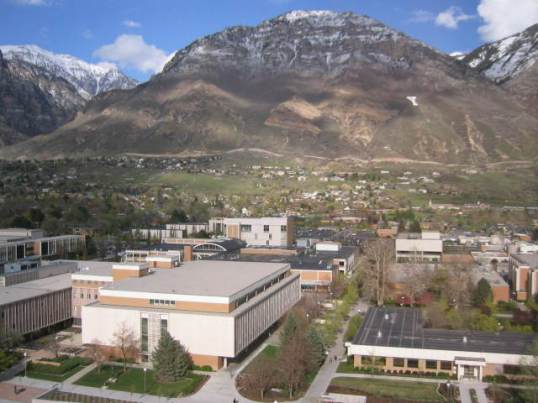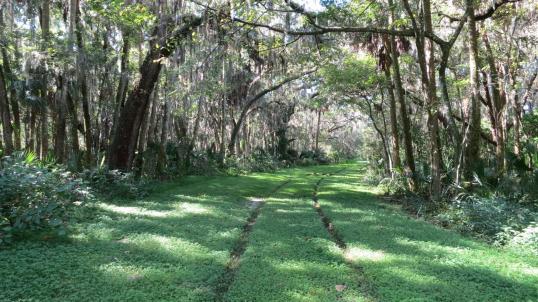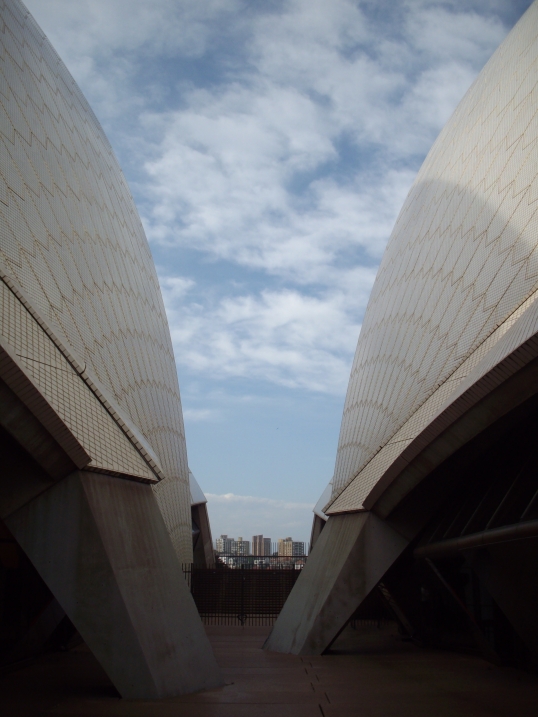If you have never been in the great West, a local phenomenon may raise your eyebrows as well as a few questions. You’ll see huge letters all over the mountains and hills – some large, elaborate, and concrete, others not much more than the impression of thousands of feet wearing them into the soil. But they’re hard to miss once you get west of Denver.
From Wikipedia: Hillside letters or mountain monograms are a form of geoglyph (more specifically hill figures) common in the American West, consisting of large single letters, abbreviations, or messages emblazoned on hillsides, typically created and maintained by schools or towns. There are approximately 500 of these geoglyphs, ranging in size from a few feet to hundreds of feet tall. They form an important part of the western cultural landscape, where they function as symbols of school pride and civic identity, similar to water towers and town slogans on highway “welcome to” signs in other regions.
University of Utah – Block “U” in 1971
Illuminated for Homecoming. As with BYU (mentioned below), the Intercollegiate Knights had the privilege of whitening and lighting the Block U. The U was reconstructed a number of times, and the latest incarnation included plug boxes that allowed lightbulbs to be plugged in during homecoming. In this manner, the bulbs could be easily removed after an event and not left to the depredations of weather or vandals.
Block “U” as seen from Google Earth, the light plug boxes visible.
By 1974, the IK’s were an endangered species, but they did their best to keep the tradition going as long as possible. It was traditional during the famous rivalry games between the U of Utah and BYU for students to try to paint the opposing team’s letter the wrong color, which necessitated the whitewashing if efforts were successful – as well as repairing the effects of weather.
Here are six of the intrepid 9 who soldiered on. Below are three shots from an earlier event in October of 1967, showing the previous Block “U” before it’s refurbishing.
On to Provo…
The Block “Y” on the mountain above Brigham Young University
The “Block Y” illuminated at night with electric lamps. Originally the “Y” was lit with “goop,” balls of mattress stuffing mixed with oil; the Intercollegiate Knights service fraternity was responsible for this activity. Later students lit the “Y” with torches, and in the 70’s, for safety reasons, strings of lights were devised that allowed the letter to be lit up (usually at homecoming or during important athletic events) without the risk of fire on the hillside.
A lovely video which explains not only the history of the “Y” but also gives a feeling of why these letters are important to those who place them.
Payson High School – Payson, Utah
Sometimes you wonder if they were thinking. Battle Mountain, Nevada.
Map of the block letters in the West. Click through for a list of where these letters can be found.
I grew up in New York City, but I’ve been in the West since 1969, and these ubiquitous letters have become part of my world. I wouldn’t recommend the expansion of the tradition eastward, as they do cause some damage to the areas where they are installed, but the ones that exist continue to be an expression of local pride and have a decidedly western flavor.
The Old Wolf has spoken.





































